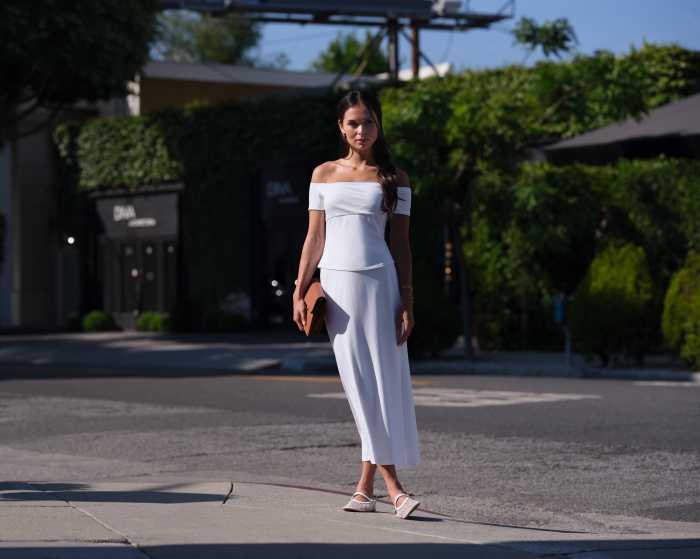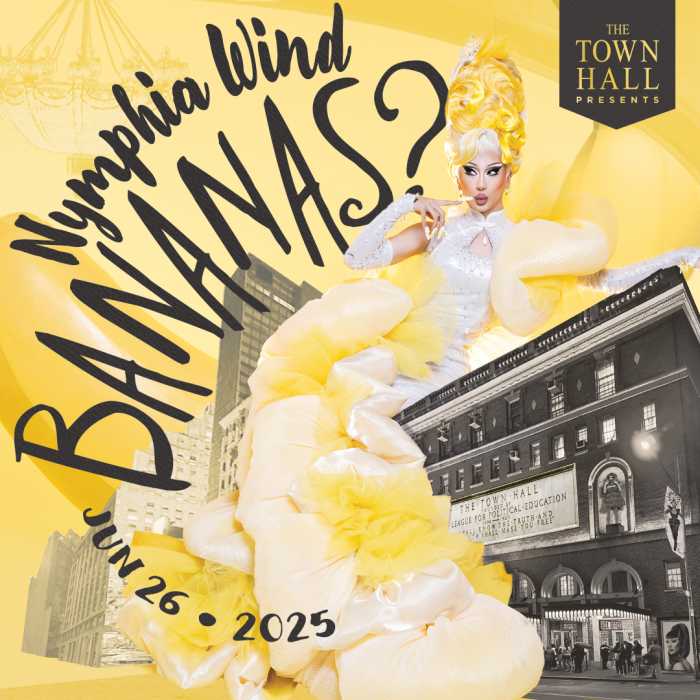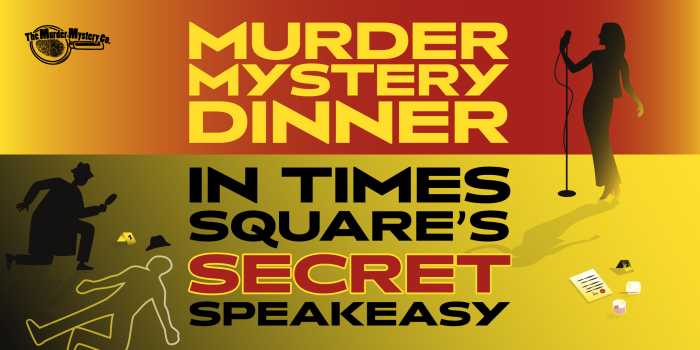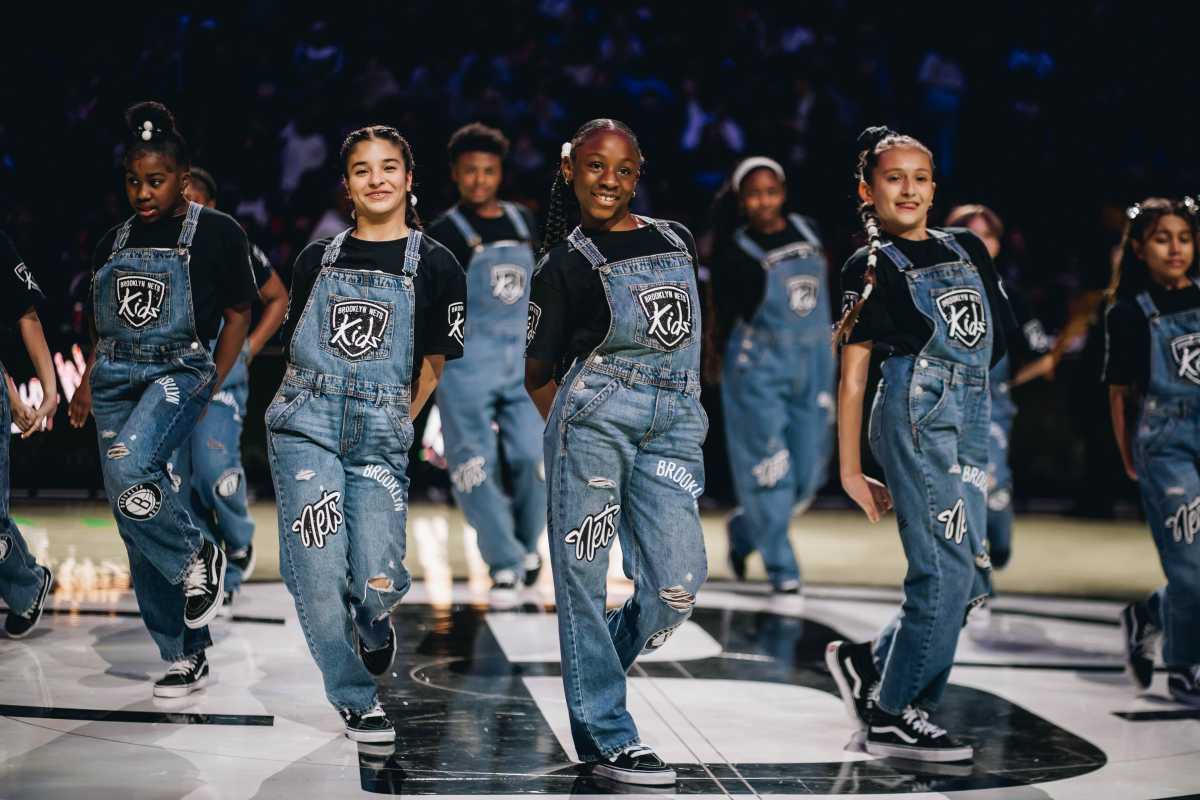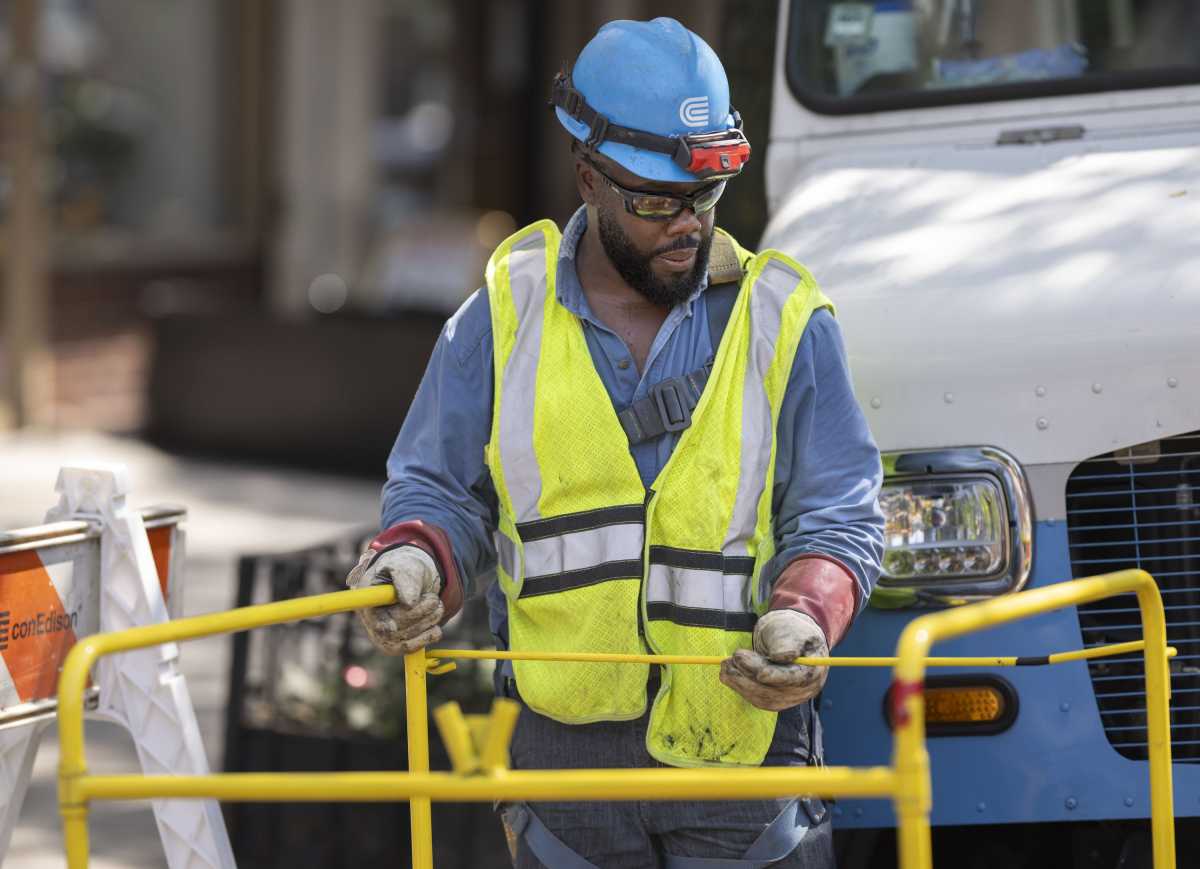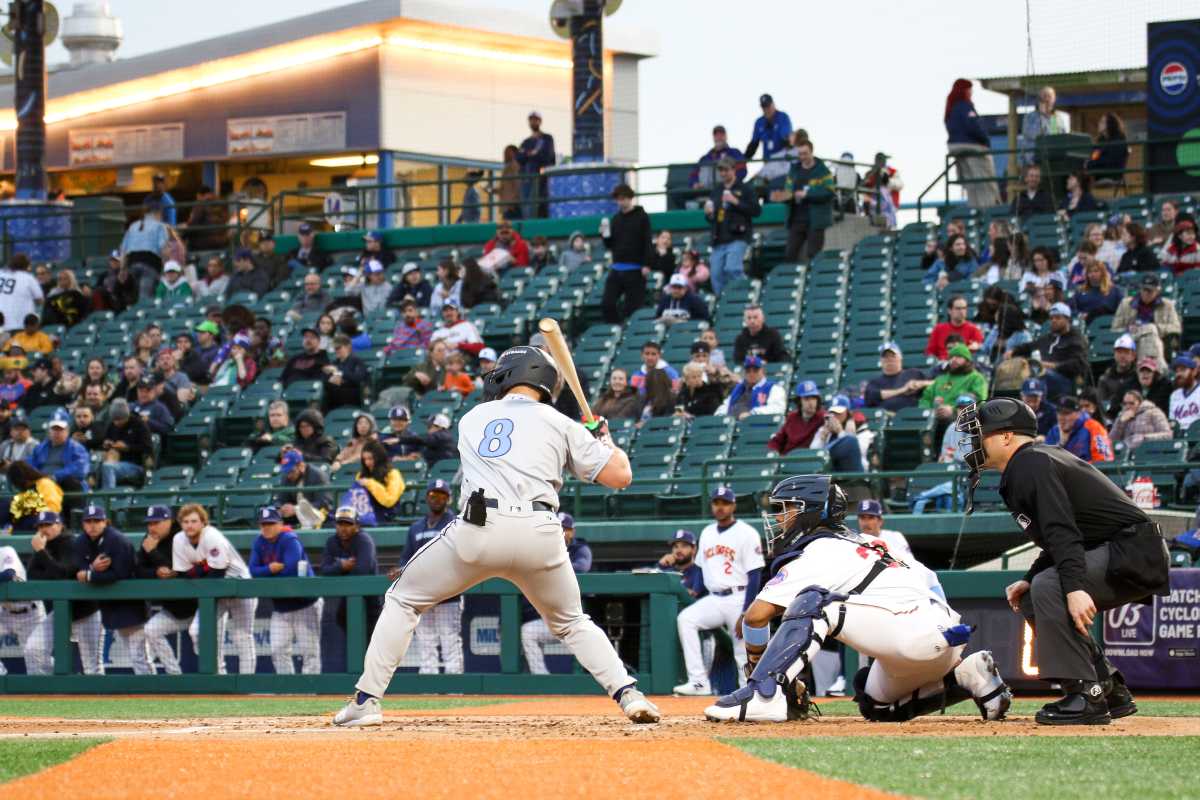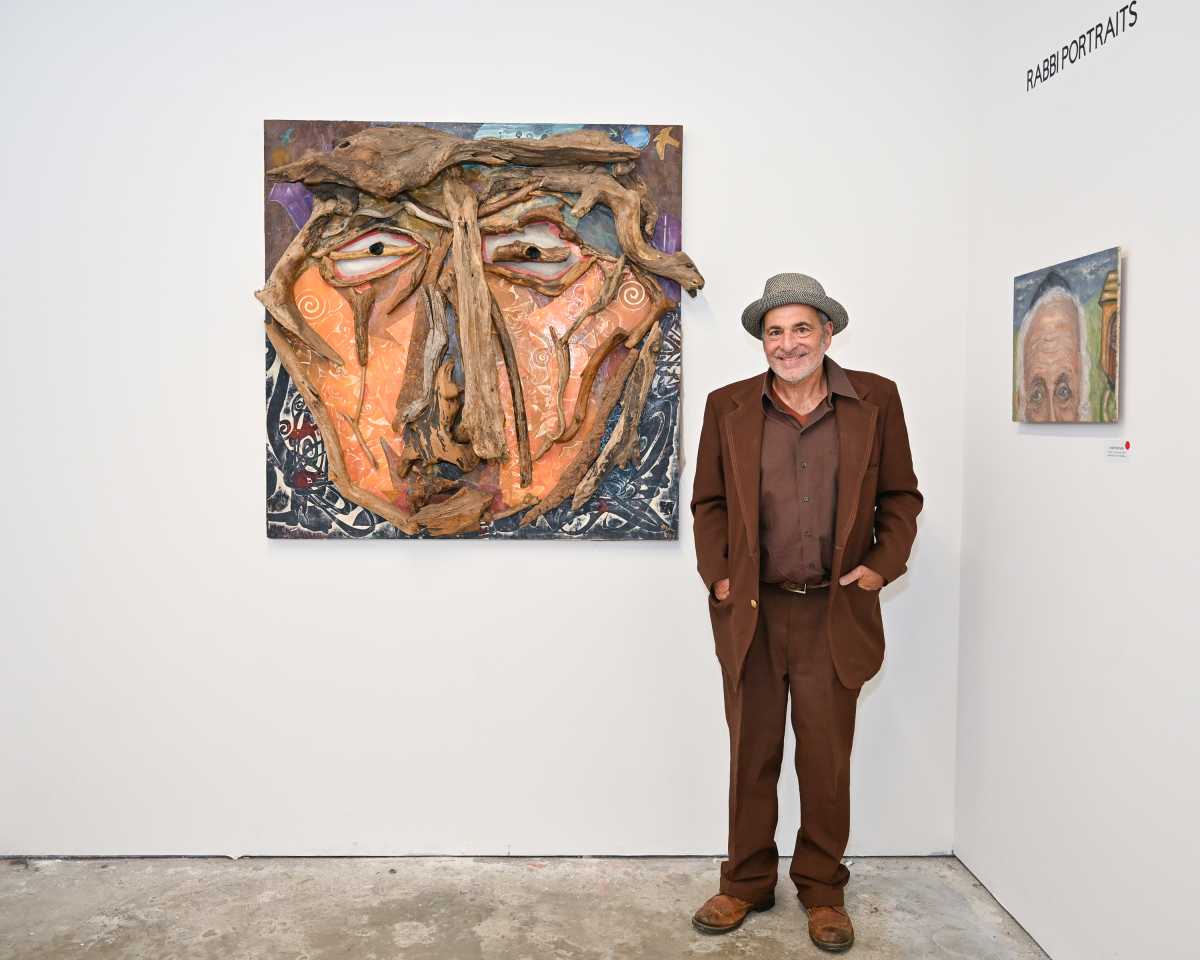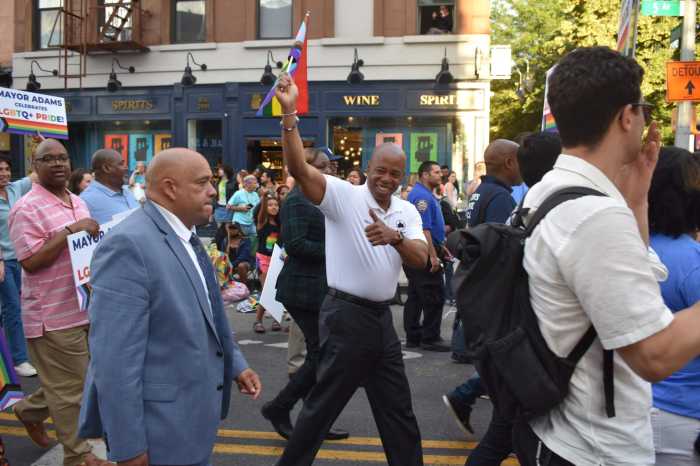Early in the morning of Dec. 5, 2014, there was an unusual sound at a protest in Manhattan.
Anika Edrei, 23, was one of many in the streets over the non-indictment of Daniel Pantaleo, the police officer involved in the death of Eric Garner on Staten Island. Around 1 a.m., Edrei was taking pictures of officers making arrests near 57th Street and Madison Avenue. There was a crash, which sounded like a bottle shattering near the crowd. Edrei began to run. Then, there was a different sound.
At first, it seemed like a very loud car alarm. Another listener described it as the loudest noise he’d ever heard. Turning back, Edrei saw two officers approaching with a bulky appliance: a Long Range Acoustic Device, which can be used as a loudspeaker, but also generates sharper, high decibel “alert” or “deterrent” tones intended to control a crowd. It was one of the first times the police reportedly used the tone, and Edrei and others say it resulted in injuries.
Edrei, who uses they/them pronouns, says the effects of the LRAD were serious: a surge of adrenaline, an onset of wooziness and migraine. Their migraine lasted a week, according to the complaint in a federal lawsuit over the use of LRAD that is now wending its way through the courts. That lawsuit just cleared a hurdle with a judge denying in part the city’s motion to dismiss, while a separate state lawsuit was settled last month with the condition that the NYPD release more information within the next weeks about the shadowy tools.
What is the LRAD?
Devices like the LRAD were created about 15 years ago after the 2000 terrorist bombing of the U.S.S. Cole in Yemen, which underscored a need to be able to warn or ward off attacking ships.
The LRADs’ makers and some experts on the devices say they were not looking to make a sound cannon. “We look at this as a communication device. It’s not a weapon,” says LRAD Corporation spokesman Robert Putnam.
The devices were used by armed forces deployed in the Middle East, including at military security checkpoints in order to communicate to approaching vehicles, says Andrew Mazzara, former director of Pennsylvania State University’s Institute for Non-Lethal Defense Technologies.
And the devices made their way to some police departments, too, including the NYPD, which purchased two before the 2004 Republican National Convention. Largely, the LRADs appear to have been used by the department only sporadically and principally as a loudspeaker. But something different happened at the midtown protest in 2014, when NYPD officers appear to have used the device’s alert tone at length and as little as 10 feet from protesters, as demonstrators scattered down the street.
Plaintiffs in the federal lawsuit complained of headaches, beating eardrums and burning sinuses after hearing the LRAD up close. One now carries earplugs on his keychain in case he encounters an LRAD again. Another plaintiff recalled a headache that lasted for three days. He says he was also diagnosed with nerve damage in his ear.
Are LRADs, as used by the police, harmful?
The NYPD did not comment about the lawsuit, but Mazzara, the non-lethal defenses expert, says, “I would be skeptical of any particular injury that would be associated with these devices” given what he characterizes as their communication-based intent.
Yet the legal outcome may be more complicated. The deterrent capability of the device was used by police in Pittsburgh during 2009 protests against G-20 meetings, and the city settled a lawsuit over its use with protesters there.
And internal NYPD documents available so far appear to lend weight to the plaintiffs’ claims. A 2010 document from the department’s Disorder Control Unit says the device’s alternate function can emit sounds at higher levels “than are considered safe to human ears. In this dangerous range (above 120 decibels), the device can cause damage to someone’s hearing and may be painful.”
The device described in 2010 was an earlier model than the one the NYPD now uses, yet the judge handling the federal lawsuit appeared convinced of the possibility of danger, finding a “cognizable claim” in May that use of the LRAD had constituted excessive force. The lawsuit is now continuing, giving the plaintiffs an opportunity to push for both damage compensation and changes to how LRADs are tested and used, according to Gideon Oliver, their lawyer.
In the meantime, the conclusion of a separate lawsuit in June requires the police, in part, to release certain documents about current LRAD training and usage procedures.
After the experience, Edrei remembers being too disoriented to take the subway home as usual. The native New Yorker opted for a cab. To this day, loud noises such as those they hear when working as a photojournalist at concerts, cause pain and sensitivity — all, apparently, from a device that was used without clear reason or planning.
“It’s definitely not common knowledge,” Edrei says of LRAD deployment. “It would be really important that people know more about this device.”






